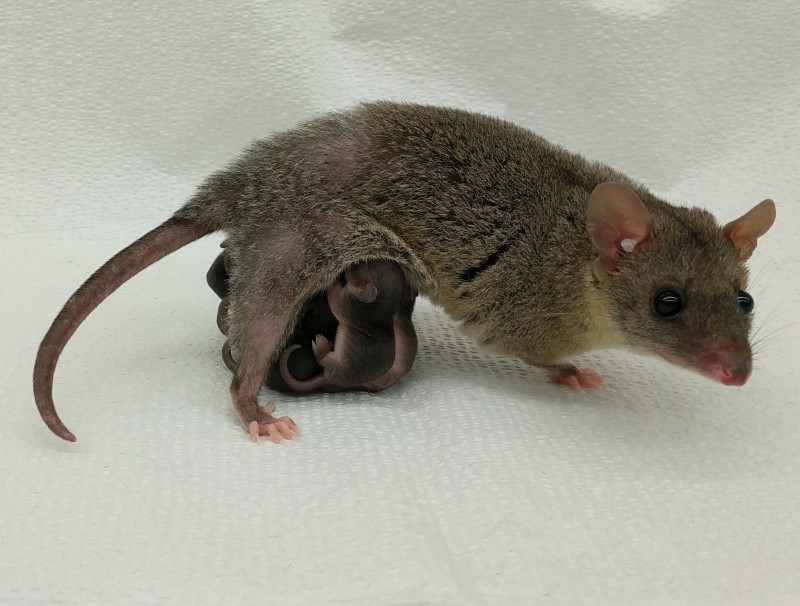News Details

In a new study, published in Nature Ecology and Evolution, co-lead authors Daniel Stadtmauer (KLI alumnus) and Silvia Basanta (KLI Postdoc Fellow), along with colleagues from the University of Vienna, Yale University, and the University of Nevada, Las Vegas, investigate cell signalling networks at the fetal-maternal interface and reveal new insights into our current understanding of the co-evolution of fetal and maternal cell types that facilitate placentation.
The fetal-maternal interface—where the fetal placenta meets the mother’s uterus—is one of the most intense sites of cell signalling in mammals. This chimeric region is also one of the most rapidly evolving, and therefore, one of the most diverse traits among mammals. Until now, most findings have come from single-cell transcriptomic studies of the human and mouse fetal-maternal interface.
In this new study, the team compared single-cell transcriptomes of six species that span the spectrum of mammal diversity (opossum, tenrec, guinea pig, mouse, macaque, and human). They uncovered a genetic signature suggesting that the invasive behavior of fetal placenta cells is deeply conserved and not unique to humans, and found evidence that the decidual stromal cell - the paradigmatic example of an "evolutionarily novel cell type" in the mother's uterus - evolved from an immune-modifying cell type called a pre-decidual cell.
Further evidence that the fetus and the mother could be co-evolving came from the finding that maternal cells in placental mammals—but not marsupials—acquired new forms of hormone production around the same time that fetal placenta cells evolved invasive behaviour. Using phylogenetic reconstructions, the study also tested two long-standing evolutionary theories about fetal and maternal cell signalling. The first, the "disambiguation hypothesis" that fetal and maternal signaling repertoires evolve to be distinct, showed strong support. However the second, the "escalation hypothesis" that fetal and maternal cells are involved in an evolutionary arms race leading to more and more extreme signaling, held only for a subset of genes, rather than all.
Günter Wagner and Mihaela Pavlicev, both KLI External Faculty, were senior authors on the study. The study was supported by the John Templeton Foundation and the Austrian Science Fund (FWF).
Publication: Stadtmauer, D.J., Basanta, S., Maziarz, J.D. et al. Cell type and cell signalling innovations underlying mammalian pregnancy. Nat Ecol Evol 9, 1469–1486 (2025). https://doi.org/10.1038/s41559-025-02748-x

